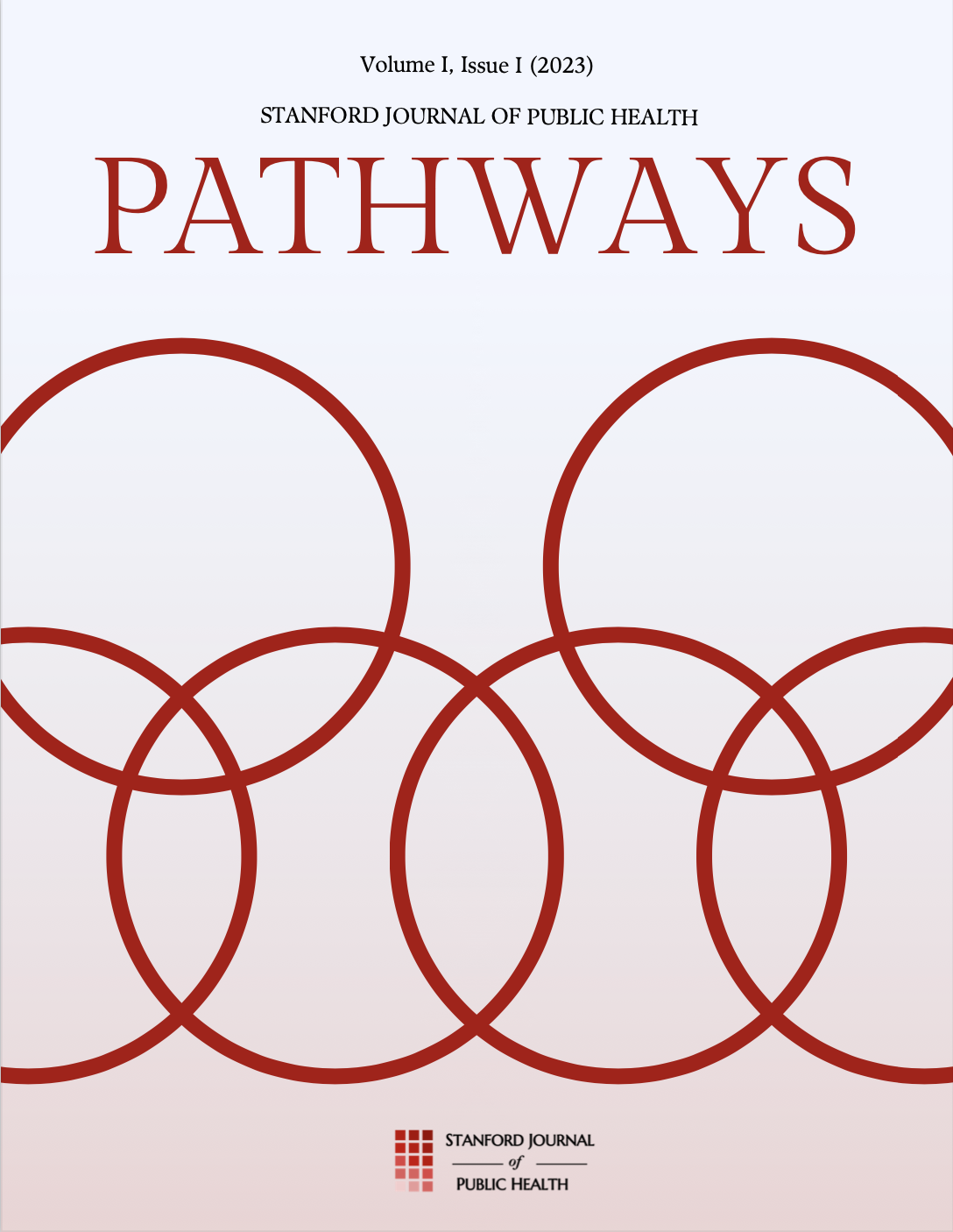Salinas’ Health Struggles as Manifestations of Historical Processes
A Report on the History of Health of Salinas Residents
Keywords:
salinas, california, Hispanic communities, public health, community healthAbstract
In our research leading up to this report, we have noticed a severe lack of Salinas representation in the authorship of works detailing the history and public health of Salinas, a primarily agricultural city located in Monterey County in Central California. We first attempted to locate a redlining map of Salinas, but were unsuccessful, as it does not (yet) exist. This would have served as a backbone of comparison across time periods, but instead we focus on social processes that we can find answers to. Before Alisal—the easternmost neighborhood in Salinas—was home to a majority Hispanic demographic, it was a home for Spanish, Chinese, Filipino, and Mexican immigrants.
Consequently, Alisal was racialized, segregated, and its incorporation was delayed. From the Chinese Exclusion Act of 1882 to the creation of a Japanese and Japanese American internment camp where currently the famous Salinas Rodeo Grounds stand, the impact of immigration and social processes has permanently impacted current inequalities in Salinas. We also analyze housing policies, putting a particular emphasis on the Alisal neighborhood and the disparate inequalities it faces. Through our experiences as Salinas residents, and through the limited statistics and facts we uncover, it is clear Alisal faces unparalleled health inequalities, characterized with one of the lowest life expectancy figures across all Monterey County neighborhoods. We explore how race, especially during COVID-19, was so detrimental to the health of Alisal and Salinas as a whole. We conclude with a transcript of an interview we conducted with Alisal’s Clínica De Salud Del Valle free-clinic Dr. Oguchi Nkwocha.

